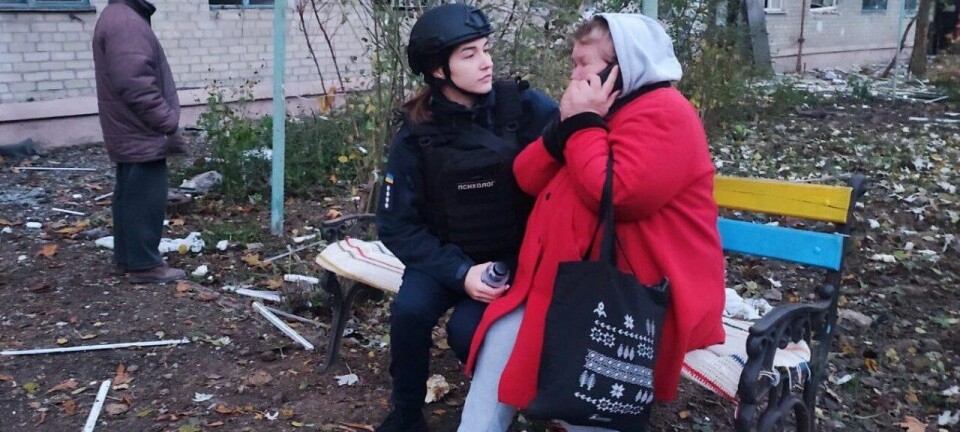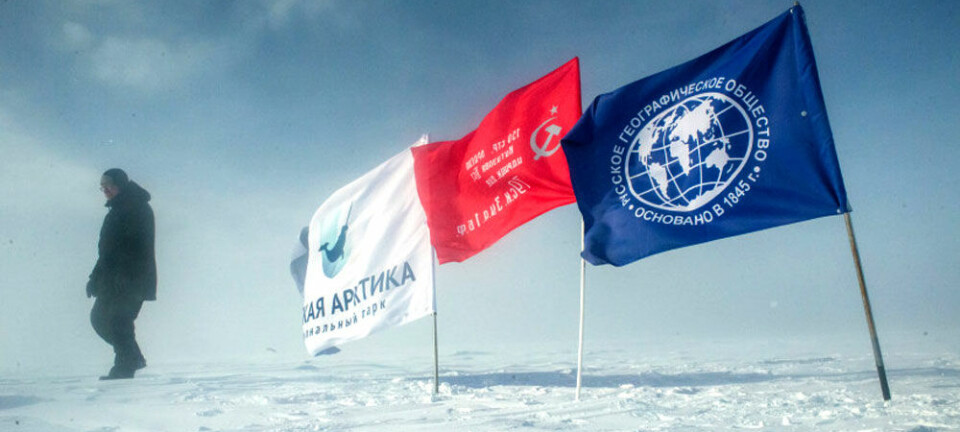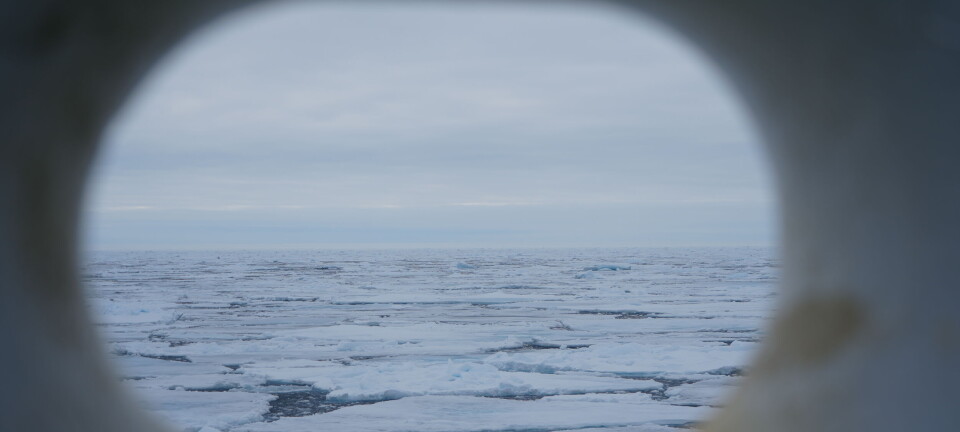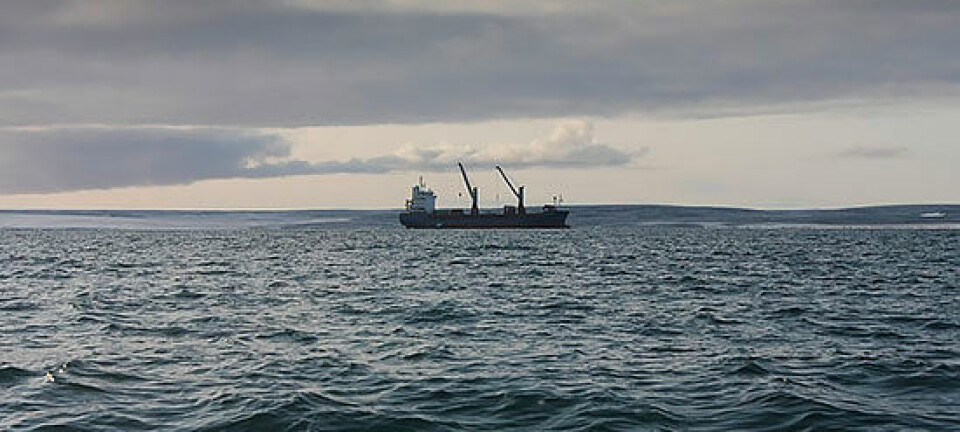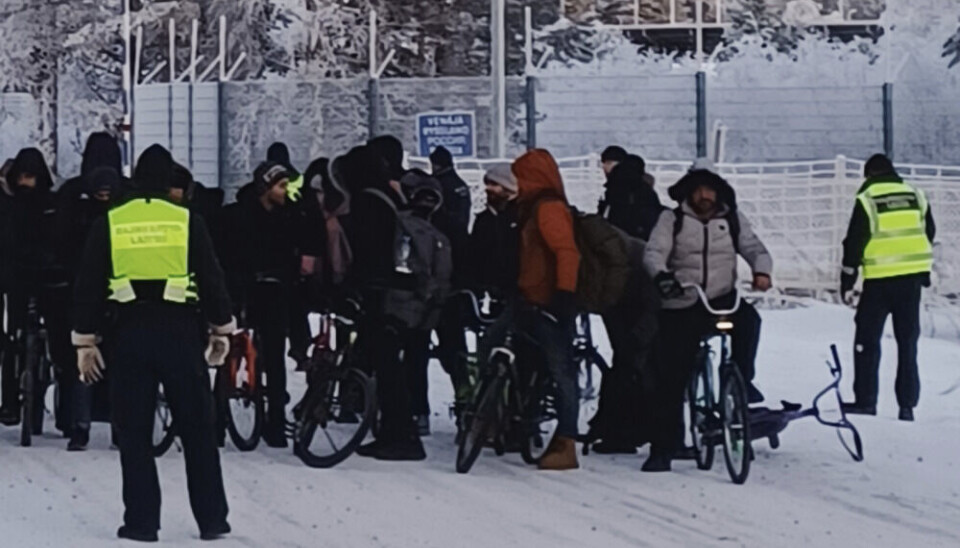
Thousands may be waiting to cross Finnish-Russian frontier, border official says
Finland closed its eastern border with Russia in December due to an influx of undocumented migrants.
The deputy head of the Finnish Border Guard, Marko Saareks, told Yle’s breakfast tv show on Monday morning that hundreds, if not thousands, of migrants may still be on the Russian side of the border waiting to cross into Finland.
“At the moment it is not possible to say whether the phenomenon has ended,” Saareks said, adding that the Finnish border authorities have been in contact with their Russian counterparts as they attempt to resolve the situation.
Finland partially and then fully closed its border with Russia due to suspicions that the flow of migrants was being orchestrated by Moscow as part of a so-called hybrid operation. Prime Minister Petteri Orpo (NCP) told Yle at the weekend that his government may decide to extend the closure beyond the current deadline of 11 February.
Based on figures provided to Yle by the Finnish Immigration Service Migri, more than 1,200 migrants from 29 different countries have applied for asylum in Finland via the Russian border since August.
The list details the nationalities and numbers of people who crossed the Finnish-Russian border from 1 August onwards, as this is around the time border officials say they started to notice a significant increase in activity along the eastern frontier.
The vast majority of the migrants arriving at Finnish border posts since August did so without the required documents — and applied for asylum either immediately or a short time after arriving.
Suvi Asikainen, head of Migri’s Asylum Unit, told Yle that of that number, 186 have since gone missing. Breaking the figures down by nationalities, 102 of the missing asylum seekers are Syrian nationals, while 102 are Indian and 19 are from Morocco.
“For the latter two, the proportion of missing persons among the applicants received is significant,” Asikainen noted.
She added that although the number of people crossing the eastern border during this time period was exceptionally high, there was nothing particularly unusual about the nationalities of those who arrived.
“The number of missing persons may suggest that Finland has also been used as a transit country,” Asikainen said.
This story is posted on the Barents Observer as part of Eye on the Arctic, a collaborative partnership between public and private circumpolar media organizations.



